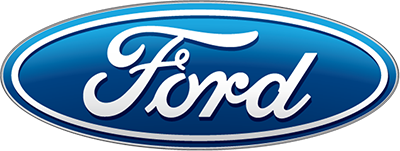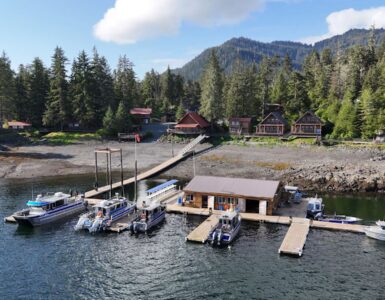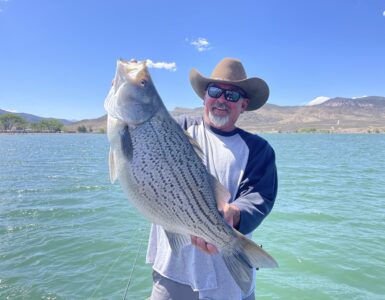Thanks for tuning into KSL Outdoors, along with Tonya Kieffer and Tonya you look like a linebacker ready to tackle somebody. (tonya) I am ready to mug an animal. (adam) is that what we are doing today. (tonya) today we are going to mug pronghorn for relocation. It’s going to be awesome. We are up here in the Parker range, it’s about 20 degrees which explains the entourage of clothes and yeah we are going to move these things. (adam) Don’t get hurt. (tonya) I’m hoping not to hurt the mug. I’m scared. (adam) the helicopter is in the air, hoping to capture antelope and move them across the state. Let’s go get ready. (tonya) OK!
We’ve got a group here. It may the same group that have already been to the trap, but we’ll give them a go.
Today we are attempting to catch 350 pronghorn antelope.
We are going to move them to areas in the state that either need a new population of pronghorn or to supplement existing populations. This herd here on the Parker Range is our largest and most productive antelope herd in the state.
So what we do, we have some big traps. Now what I mean by a trap is the spot where we herd them into, the actually corral is about seven or eight feet tall, with a flexible net. From there we have large wings of a fence that goes probably a quarter of a mile and fans out. We use a helicopter to herd that herd of antelope into that funnel.
We chase those antelope into a small holding area. From there the fun begins. That’s when the rodeo starts.
We’ll pull this curtain back, we’ll let ten come out.
They are going to kick, they are going to fight, they are scared to death. Ok? Everything is fun as long as nobody gets hurt.
This takes a lot of people, a lot of effort. If it was just the DWR, we couldn’t do it all.
Volunteers from all walks of life are here helping out.
That’s pretty crazy stuff right there.
Pretty crazy as they were flying right at me. i was ducking as they were flying over me.
It’s a wild and crazy ride.
For Alan.
This is just like taking care of my kids back home.
This is a bit different than writing memos in the governor’s office.
It’s great to get out on the ground and see what our state agencies are doing. They are doing good work for the people of Utah.
From then we take important biological information, some blood samples, maybe affix some ear tags or radio collars to them.
And then from there we place them into the shipping trailers and then either tonight or tomorrow they’ll be released into their new homes.
Pronghorn are native to Utah and like many of our species their populations declined when the pioneers settled the area, the herds were utilized and depleted. Then, of course competition with livestock and other things made it difficult for the herds to stay high, their populations. Now, they are doing great. they are in most of the places in the state that they can be, they are there.>
This roundup is something the DWR conducts when the herd reaches it’s population goal. Vance says that goal is fifteen hundred animals for the Parker Mountain pronghorn herd. He estimates the herd at just over twenty three hundred animals.
It’s been really the source herd for a lot of the antelope in the state. I think the numbers are well over the four to five thousand animals that we’ve moved off of the Parker in the last thirty years or so.
It’s a great project, it’s a good opportunity to spend some time with people with similar interests as you so, it’s been a fun day.
The animals were trucked and released at four sites across Utah with one hundred headed to the Northeast region.
Fifty will go to the Anthro, and fifty will go to the Bookcliffs. (adam) you’ve got a long drive ahead of you. (clint) they do, they are going to find a new home, hopefully they like it.
Well the goal is three hundred here on the parker. So far, 100 have been captured, so the bird is back in the air in a moment Tonya and I are going to see if we can mug some more, see if we can do as good as these biologists and volunteers have been doing. That in just a moment, but first tonights Burt Brothers quiz question.







Add comment